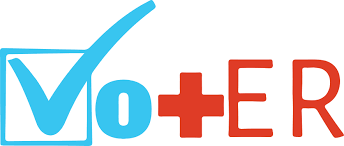For decades, taxpayers and Medicare members have shouldered an unfair burden, paying exorbitant prices for prescription medications. The root of this issue lies in a significant flaw in Medicare’s design: the inability to negotiate drug prices. This restriction has led to inflated costs, forcing millions of Americans to overpay for essential medications.
Both President Biden’s proposal and the earlier H.R. 3 aimed to address this problem through more comprehensive drug price negotiation opportunities.
These proposals had the potential to transform the landscape of prescription drug pricing, offering meaningful relief to millions of Americans. Unfortunately, the powerful lobbying forces within the pharmaceutical industry succeeded in watering down these proposals, reducing their impact.
Despite these setbacks, the Inflation Reduction Act marked a modest turning point. While far from the sweeping reforms initially proposed in HR3 and President Biden’s plan, the IRA finally allowed Medicare to negotiate drug prices on a handful of medicines.
Last week HHS announced new, lower prices for the first ten drugs selected for Medicare price negotiation. While this achievement is a step forward, it’s only a modest and partial solution.
The new negotiated prices on the first 10 drugs are better than what they were, they fall short of the more comprehensive reforms that were initially proposed and desperately needed.
View the List of Negotiated Drug Prices and Projected Savings
The Inflation Reduction Act will allow Medicare to negotiate the prices of up to 60 drugs over the next five years. HHS can negotiate the price of another 10 drugs in 2026, with the number gradually increasing each year, reaching a total of 60 negotiated drugs by 2030 (unless we can get a more robust law passed between now and then).








